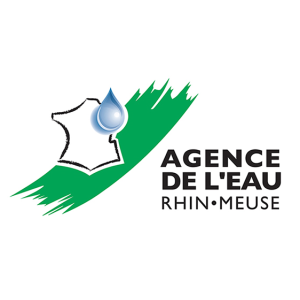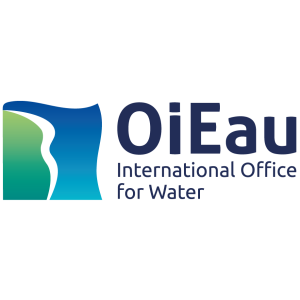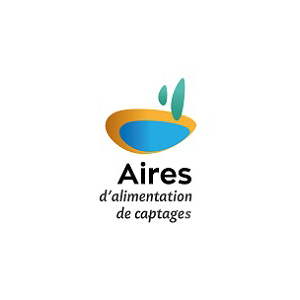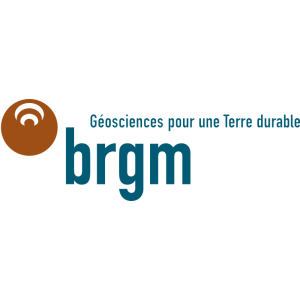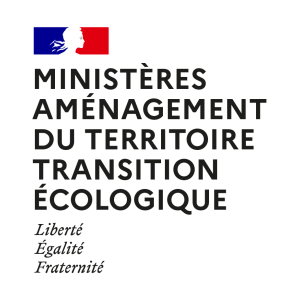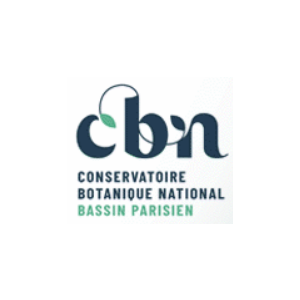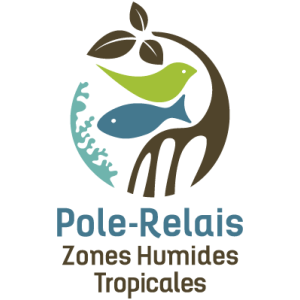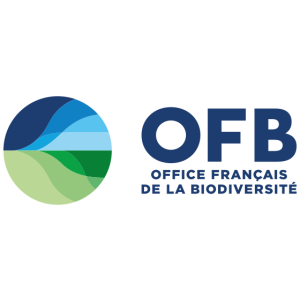
Document généré le 28/11/2025 depuis l'adresse: https://www.documentation.eauetbiodiversite.fr/fr/notice/effet-des-episodes-extremes-en-milieu-mediterraneen-stresse-phase-1-etude-bibliographique
Titre alternatif
Producteur
Contributeur(s)
Identifiant documentaire
9-80623
Identifiant OAI
oai:archimer.ifremer.fr:80623
Auteur(s):
Durreau, Alice,Soissons, Laura,Ouisse, Vincent
Mots clés
Lagune
Changement climatique
Épisode extreme
Meta-analyse
État de référence
Résilience
Zostera
Cymodocea
Lagoon
Climate change
Extreme events
Meta-analysis
Reference state
Resilience
Zostera
Cymodocea
Date de publication
01/05/2021
Date de création
Date de modification
Date d'acceptation du document
Date de dépôt légal
Langue
fre
Thème
Type de ressource
Source
Droits de réutilisation
info:eu-repo/semantics/openAccess
Région
Département
Commune
Description
Future climate predictions place the Mediterranean region and its lagoons at the heart of the social and environmental discussion on climate change. The projected increase in water temperature, sea level rise, and the intensification of extreme climate events (storms, precipitations, heat waves) are identified today, by the IPCC, as major pressures on lagoon ecosystems. Through a systematic review followed by a meta-analysis based on articles published over the period 1975-2020 and indexed in "Web of Science", this work focused on understanding the effects of climate change and extreme climate events on lagoon environements. The question of these effects was first approached at a global scale (lagoon environments), then centered on the four species of marine angiosperms living in French poly-euhaline Mediterranean lagoons, namely Zostera marina, Zostera noltei, Cymodocea nodosa and Ruppia cirrhosa. Only 62 articles deal with the question of the effects of climate change on lagoon environments on a global scale. These articles are mainly based on modeling work and laboratory experiments. In situ observations are not common and there are no studies based on in situ experimentation. According to our results, increasing temperature is the most studied climate change pressure. This would favor phyto-plankton communities, the most studied biotic compartment to date. At the level of Mediterranean lagoons, no scientific article deals with the question of the effect of climate change on seagrass beds. By extending the research to the impact of climate change on Zostera marina, Zostera noltei and Cymodocea nodosa meadows in coastal environments, 36, 14 and 15 articles were respectively analyzed. However, no studies are available for Ruppia cirrhosa. Based mainly on laboratory and mesocosm experiments, the increase in temperature would have an overall negative effect on Zostera marina and Zostera noltei but positive for Cymodocea nodosa. Heat waves would have a negative effect on Zostera marina meadows, but the effect of this pressure could differ depending on the origin of the plant. Although translating these responses to seagrass meadows in Mediterranean lagoon environments seems complex, this could induce the potential replacement in Mediterranean lagoon environment of the species Zostera marina by Cymodocea nodosa in the future. On the basis of this bibliographic work, the state of current knowledge makes it difficult to predict what the impact of climate change will be and how this could modify the ecological state of lagoons and their meadows, on the one hand, and their ecological and socio-economic role, on the other hand. Among the perspectives of this work, work on early warning signals of changes should be initiated to understand and to interpret the future dynamics of these naturally pressurized coastal systems.
Accès aux documents
0
Consultations
0
Téléchargements

